Source: https://www.dispatch.com/news/20181230/motley-fool-trading-curbs-deploy-in-frenzied-market
December 30, 2018

Q: Please explain "trading curbs." — H.S., New Orleans
A: Trading curbs (also known as "circuit breakers" or "collars") are rules that restrict trading in the stock market in times of extreme volatility. When triggered, they can suspend trading for a specified period of time or halt trading for the rest of the day. The idea is that such breaks will stop or pause whatever trading frenzy or panic is underway, giving investors a chance to assess what's going on and make decisions in a calmer and more informed fashion.
Trading curbs have been refined over time; the most recent rules halt market trading for 15 minutes if the S&P 500 drops more than 7 percent from its previous day's close — unless this happens at or after 3:25 p.m., in which case the markets will remain open until their regular 4 p.m. closing time. If the S&P 500 falls 20 percent below its previous day's close, trading is halted for the rest of the day. "Limit up, limit down" breakers, meanwhile, are designed to briefly restrict trading in a particular stock (or exchange-traded fund) within a defined band when triggered.
Fool's school: Signs of trouble
We spend a lot of time learning to identify great investments, but what about the stinkers? This review of red flags can help you spot, and steer clear of, bad investments.
• A very low price: If a stock is priced below about $5 per share, it's generally a penny stock, known for volatility and often easily manipulated by scammers. A solid company with a stock price that low is likely to be experiencing a rough patch.
• Over-the-top promotion: If you're seeing lots of capital letters and exclamation marks and you're being urged to act quickly, beware. Bad investments are often pitched with language such as "amazing breakthrough, "miracle cures" and "HUGE profits!"
• Strangely specific claims about future returns: Examples include a "potential 3,227 percent gain" or an expected deal that "will soon push the stock above $20!" A newsletter might claim that its recommendation should rise "more than 40 percent in 30 days."
• An unprofessional company website: Expect and demand clear, honest communication from companies you invest in. Their websites should include their audited financial statements, too. If a company's website features poor grammar and misspellings and pages that are "under construction" or absent, that's a red flag.
If these companies being promoted were really such terrific opportunities, their shares would be greedily snapped up by savvy investors instead of being hawked to whoever will buy them. These so-called bargains that sound too good to be true are generally bad news.
Remember, too, that a low share price doesn't mean a stock is a good value. A 50-cent stock can soon become a 5-cent one (and often does), while a $200 stock can grow to $400 — and keep growing.
When researching possible investments, seek companies with growing sales and earnings, little debt, ample cash and sustainable competitive advantages. Don't just fall for an exciting story. Demand proven profits, not just possibilities.
Name that company
I trace my roots to the 1905 opening of the Star Furniture Co. in Zeeland, Michigan, where I'm still based. Over the years, I made things such as clocks and leg splints for the Navy. In 1968, I introduced "the world's first open-plan modular system of panels and attaching components." Today, I'm an office-furnishings leader, with a market value recently near $2 billion. My brands include my own name, along with Design Within Reach, Geiger International, Maharam, Nemschoff, Colebrook Bosson Saunders, naughtone, Maars Living Walls and HAY. Many of my designs are in museums. Who am I?
Last week's answer
I trace my roots to 1865, when a Scot founded a bank in Hong Kong and Shanghai that aimed to finance international trade. I was the first commercial bank in Thailand and printed its first banknotes. Many of my employees became prisoners of war during World War II. I bought Marine Midland Bank in the 1980s and, over the years, many other banks, too. Today, with a market value recently topping $160 billion, I serve more than 38 million customers via roughly 3,800 offices in 66 countries and territories. P.G. Wodehouse once worked for me. Who am I? (Answer: HSBC Holdings)

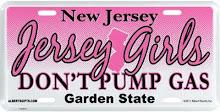

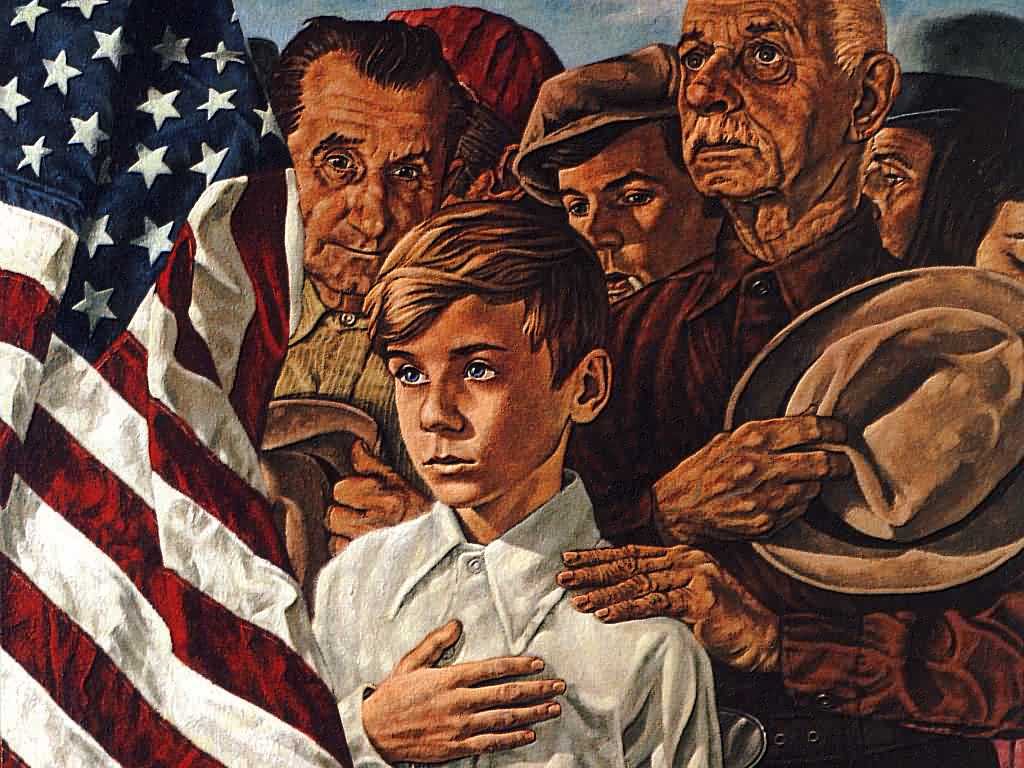

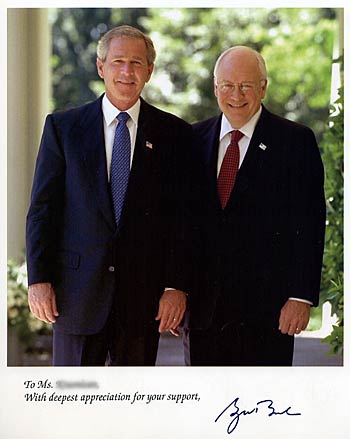




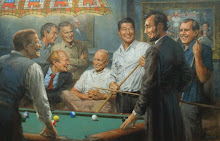
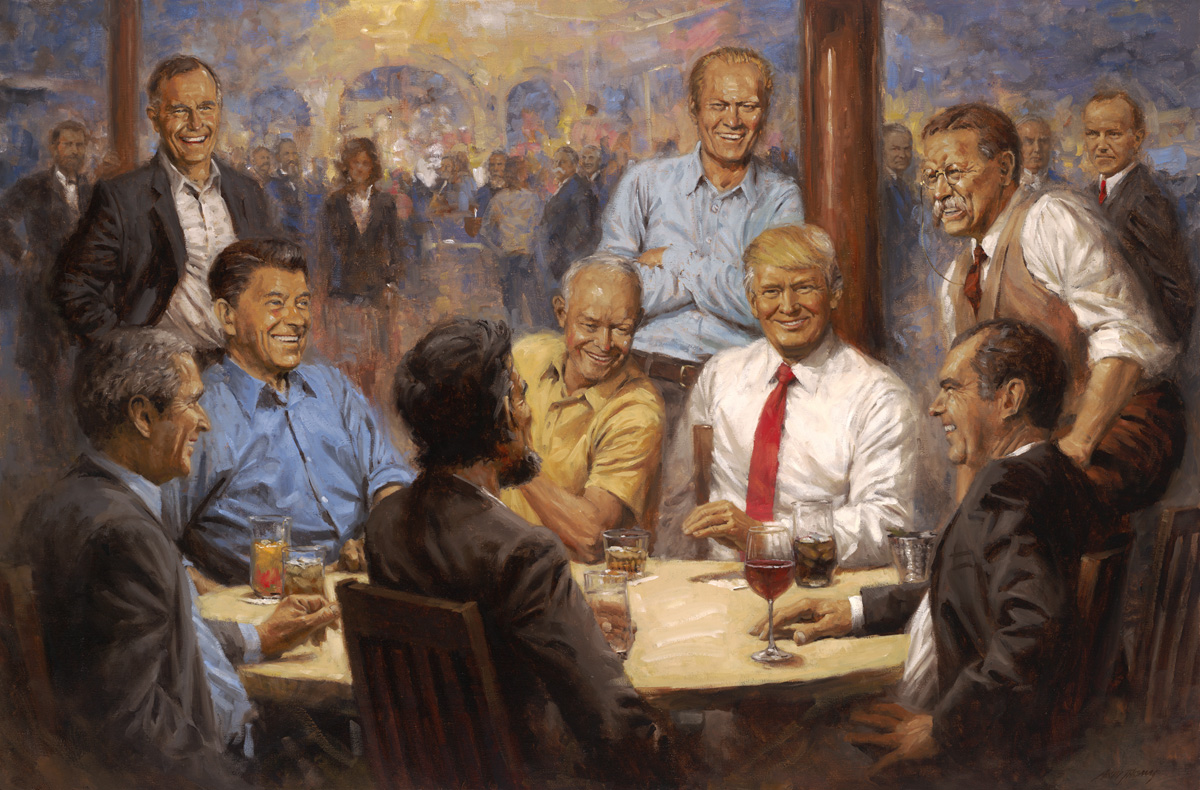
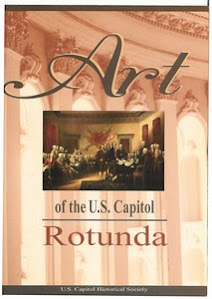



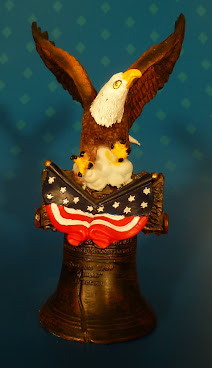






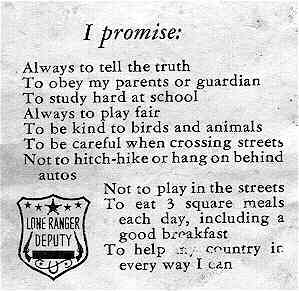
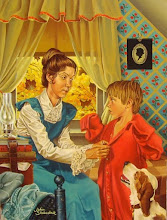







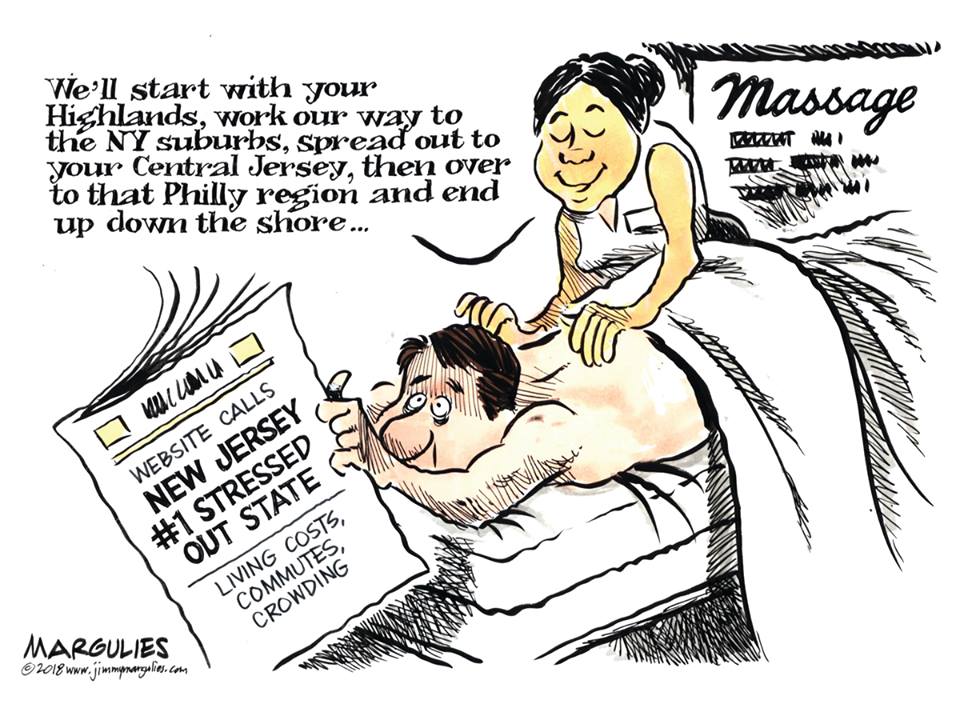
No comments:
Post a Comment